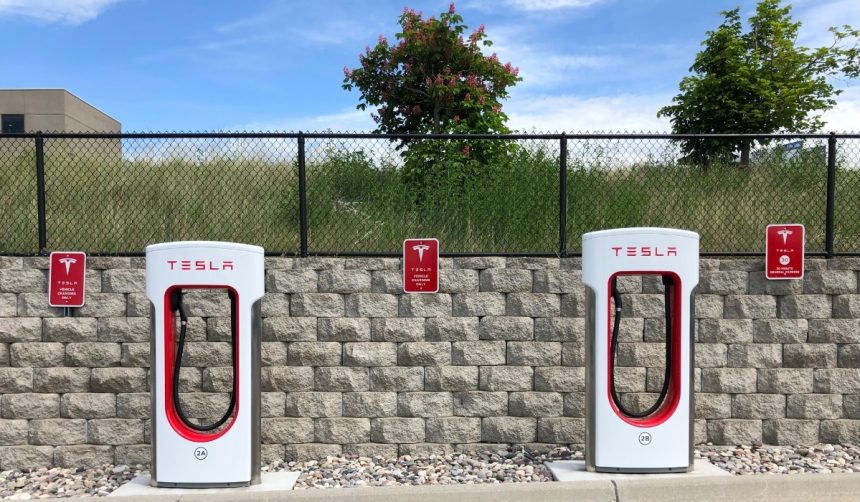Tesla is advancing its solar energy endeavors as Vice President of Energy Engineering Michael Snyder revealed the initiation of new residential solar panel production at the company’s Buffalo, New York facility. With shipments planned for customers at the start of 2026, this marks a potential change in direction for Tesla’s Solar Roof, a product that has seen modest growth since its unveiling in 2016. The announcement ties closely to trends in renewable energy demand and evolving US policy incentives. Homeowners and industry observers are watching to see whether this initiative translates to broader market adoption and a more robust presence for Tesla Energy in the solar sector.
Earlier coverage of Tesla’s solar ambitions often highlighted production challenges and the limited number of installed Solar Roof systems, leading many to question the company’s ability to scale up. Reports from 2023 indicated installation figures that fell short of initial targets, creating a reputation for cautious optimism around the Solar Roof. Tesla’s comments now contrast starkly with earlier growth difficulties, suggesting a renewed confidence in its manufacturing and rollout strategies. These developments come as policy shifts and new financial products make home solar systems more attractive to consumers.
How Is Tesla Responding to Renewed Solar Demand?
Tesla is addressing a “surge in residential solar demand,” which Michael Snyder attributed to new policy incentives that make home installations financially feasible for a wider range of homeowners. Tesla has also introduced a new solar lease, designed to lower the entry barrier for prospective customers. Snyder emphasized that their backlog for products like Megapack and Powerwall remains robust, underlining strong consumer interest.
“We’re seeing remarkable growth in the demand for AI and data center applications as hyperscalers and utilities have seen the versatility of the Megapack product. It increases reliability and relieves grid constraints,”
Snyder stated, reflecting the company’s broader focus on energy infrastructure.
Will the New Panel Production Benefit the Solar Roof Line?
Tesla’s newly launched residential solar panel emerges with a focus on design and performance, echoing descriptions previously applied to the Solar Roof. While the product’s explicit name was not mentioned, links to the original Solar Roof concept are evident. Shipments are set to begin in the first quarter of 2026, which could signal a larger rollout for integrated solar roof products.
“We also began production of our Tesla residential solar panel in our Buffalo factory, and we will be shipping that to customers starting Q1. The panel has industry-leading aesthetics and shape performance and demonstrates our continued commitment to US manufacturing,”
Snyder stated during the company’s Q3 2025 earnings call.
How Do Tesla’s Recent Energy Products Fit the Current Market?
Products like Megapack, Powerwall, and the new Megablock are receiving positive feedback, with Megablock shipments expected from Houston in 2026. These offerings allow Tesla Energy to address both large-scale and residential market segments. The company reports that both utility-scale solutions and residential options are seeing increased demand, thanks in part to changes in energy infrastructure needs and incentivizing policies.
Tesla’s latest move to ramp up production of residential solar panels in Buffalo could mark an inflection point for the company’s solar division. The persistent reference to aesthetics and integration suggests a continued push to differentiate Tesla’s products from conventional solar options. Consumers and industry analysts will be attentive to how this production scale-up addresses past criticisms over installation rates and long-term performance. For potential buyers, the expansion of financing options such as solar leases may make adoption more accessible, while industry-watchers will look for signs that Tesla’s manufacturing and supply chain developments can sustain higher volumes. Readers interested in renewable energy trends should keep an eye on how Tesla’s rollout unfolds, as it may influence broader adoption of solar technologies in residential settings.










